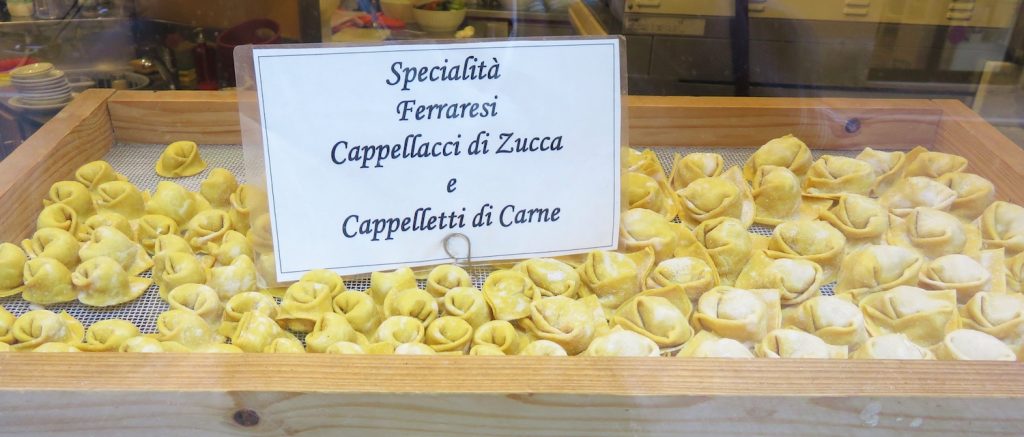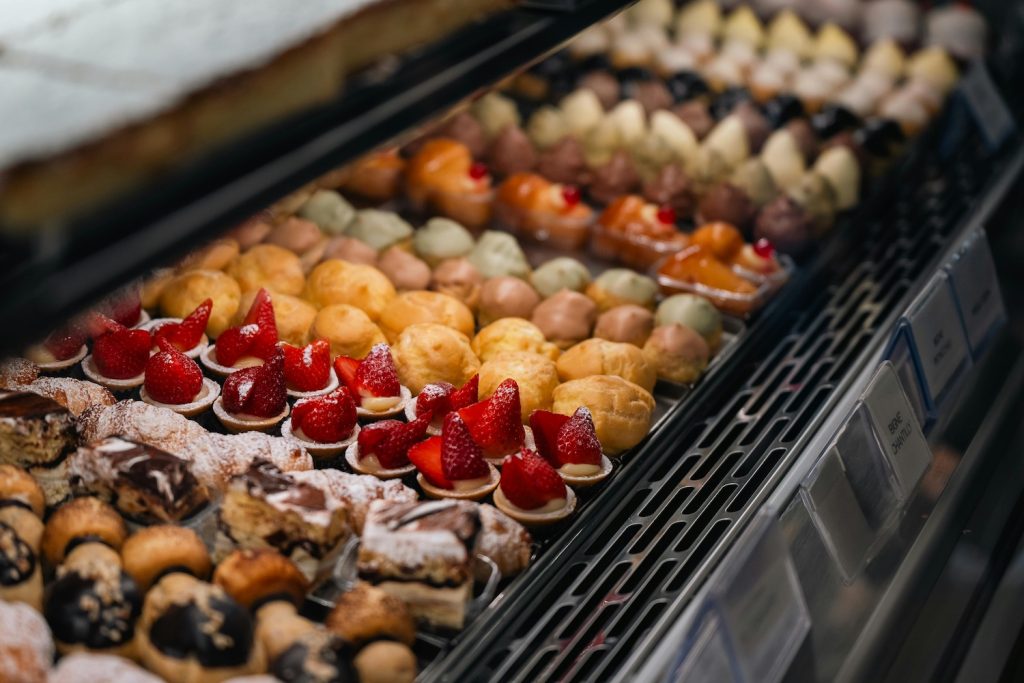As you may already be aware, Italian food culture is not to be underestimated. If not, this will be made evident immediately if you ever visit Italy. Italians are extremely proud of their food, not just nationally, but also regionally, as different regions have their own specialities. For example, Ferrara, the north-eastern city where I lived for four years, specialises in zucca (pumpkin) which they famously use to make cappellacci (pumpkin stuffed pasta).

As a Brit moving to Italy, I was excited at the prospect of top-quality pizza and pasta being right on my doorstep. However, what I did not expect was to experience quite so many surprises about food culture from my European neighbour. The following observations were made from my own experience of living in the Bel Paese.
What’s wrong with pineapple on pizza?

I cannot count on my fingers the amount of times Italians have made curious comments or jokes about the concept of pineapple on pizza. To Italians, this is sacrilege; to take a sacred and beloved dish and blasphemously add pineapple is intolerable to the Italian mind. Whilst I am not one for this dish, I remained indignant when going out to dinner with friends and witnessing a waiter deliver a pizza topped with fries to the table. If pineapple is not acceptable, how is this?
Where can I buy prepacked sandwiches?

In Britain, the pre-packaged food aisle is bursting with sandwiches of various fillings, all ready to be combined in the ‘meal deal’ package with crisps and a drink. The ‘grab and go’ culture for lunch is standard to Brits, but after living in Italy for years I struggled to find this equivalence. The supermarkets are filled with numerous Italian culinary delights, however, if searching for prepackaged sandwiches it is likely that you will be out of luck. That is, unless you discover them semi-hidden at the end of an aisle (and even then, the choice is minimal, with the likes of a day old mouldy ham sandwich being the best pick!)
Can I drink coffee with my meal?

Many people now know that there are rules to follow when ordering coffee in Italy, such as never requesting a cappuccino after noon. Another unofficial rule, however, is not to order coffee with a meal. This is seemingly obvious when ordering an espresso, which is taken after a meal as a non-alcoholic digestif. On the other hand, unlike in the US and UK when an iced coffee can be drunk alongside a savoury lunch snack, I was looked at in horror for trying this in Italy. Let’s just say it’s not only hot coffee that needs to be drunk after a meal.
Why do bars give me water with my coffee?

In Italy, a custom of many bars is to give you water, either naturale (still) or frizzante (sparkling), in a small shot glass alongside your coffee. For about a year I drank my espresso or macchiato first, then used the water to take away the bitterness of this strong Italian coffee that I was not used to – and which is far from the instant coffee which us Brits and Americans tend to drink. It was only while out with a friend that I was informed that the water is given to cleanse your palette so that you get the full experience of the coffee, and therefore it must be drunk beforehand.
Can you get cake in Italy?


In Italy, if you go to a pasticceria, you will be greeted by an array of delicious pastries. Very rarely you might see muffins if it is an anglicised café. However, the likelihood that you will see a fluffy sponge cake is minimal, if not non-existent. Easter offers the famous colomba, a sweet yeast bread and at Christmas pandoro, based on a rich eggy dough, is eaten. But in Italy you will not find the deep sponge cakes that you see in Britain or the US (such as Betty Crocker style cakes).
Other cake-like offerings tend to be rather flat, like pan di spagna (a plain sponge) or tenerina (a kind of chocolate cake).The sponge is not the only surprising cake-factor. It is important to reveal to you that icing simply does not exist in Italy, at least not in the way we know it in the US and UK. Zucchero al velo (icing sugar) is used to dust the tops of certain sweet treats, but the thought of adding some water to it to create an icing has not yet reached Italy. Nor has buttercream. When introducing some Italian friends to these types of icing they were very curious.

